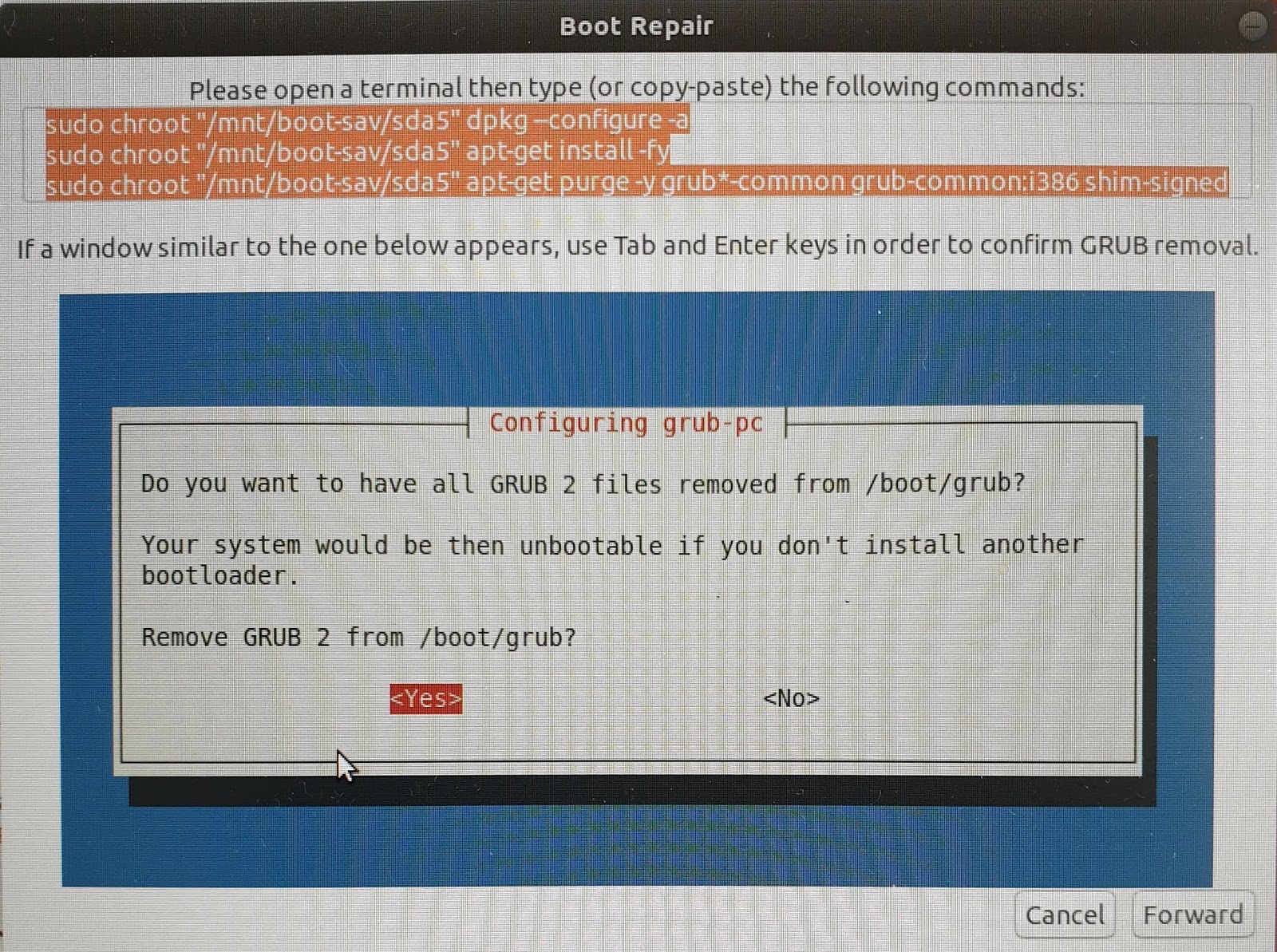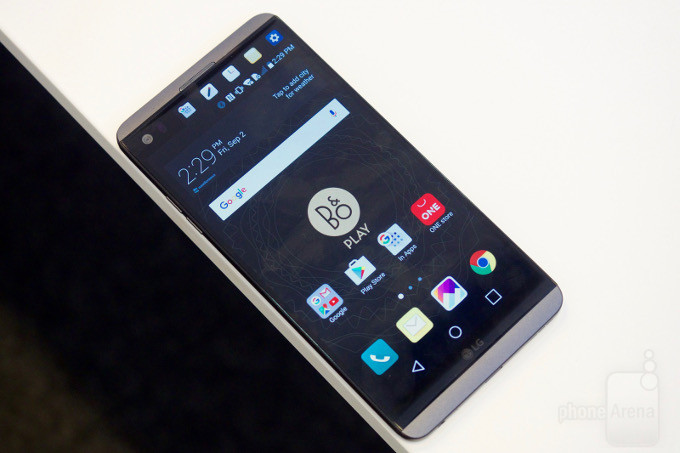
To linux /boot/vmlinuz-x.y-0-z-generic root=UUID=01234567890ABCDEDEF loop=/ubuntu/disks/root.disk ro rootflags=sync nomodeset $vt_handoffĪfter changing this line, press F10 to boot.ĭuring installation if you see: Completing the Ubuntu installation.įor more installation boot options, press 'ESC' now. if you want use nomodeset instead of quiet splash, change the line beginning with linux from linux /boot/vmlinuz-x.y-0-z-generic root=UUID=01234567890ABCDEDEF loop=/ubuntu/disks/root.disk ro rootflags=sync quiet splash $vt_handoff In GRUB menu you can press 'e', then insert your boot options. If you use Wubi, press SHIFT immediately after selecting Ubuntu. IMHO black screens need some boot options in GRUB menu. I use a community supported version from here. So there are some unfixed bugs and missing features. Official Wubi versions are not maintained. That ended up breaking not too long ago so now I have to use isolate, which anyway is most certainly all around better.Ubuntu 12.10 is EOL. My previous version was saying to use start to restart the multi-user.target. The -all options shows you the inactive targets as well. Yet, there is a command to check that out: Obviously, you should know what the current status is: whether you are in your graphical system or in your consoles. You can simply reboot once in a while when the environment decays too much. Of course, you may just decide not to have to deal with that sort of things anymore and just stay in your X11 console throughout time. Sudo chvt 1 & sudo systemctl isolate multi-user.target To fix that problem, you may use the chvt command line option: The switch back will generally take you to TTY 7 or 8 which is likely to be a black screen or have some boot logs, not a login prompt or the console you started from. The command switches you back to the standard super fast text consoles. Instead, you have to switch back to multi-users with a similar command: Ive searched around considerably, and it looks like I may need to set some. UEFI (its enabled, with CSM support), Legacy boot fails even harder. The display backlight is still on, the screen is just all black. Only this won't give you the option of logging out of X11 as you could before with the log out menu. Once I select an option (graphical install, install, try Ubuntu without installing.), the screen goes black and stays that way. The command will start X11 and Unity as expected. However, since 15.10, or maybe even 15.04, Ubuntu uses systemd which is expected to be used to start the X11 environment. You can do that manually (or many tweak to a personal script that gets run by startx) with:
Ubuntu 14.04 startx black screen wont boot install#
That is, startx will start the X11 screen but not Unity. Specifically, Minimal GUI: sudo apt install xorg sudo apt install -no-install-recommends openbox Run the command startx and openbox will start (you can open a terminal there and run any application you want)' It has worked before with Ubuntu Server 20.04.1 but stopped working recently. Instead of startx, we now want to run X11 with systemd which will make sure that all the necessary parts get loaded as expected. Startx # not working well with Ubuntu 16.04 / Unity As of 2016, the memory footprint may have been less of a problem, but it still cleans up all sorts of things, especially when upgrades happen. I actually work in X11, but log out nightly so that way memory is not as tight and X11 is reset at least daily (which with my old setup was a good thing).

Now you may want to start X11 once in a while.

Sudo systemctl set-default graphical.targetĪnd you will get the usual lightdm (or gmd) prompt instead of a console. To go back to graphical boot, use the graphical target instead: This prevents the graphical boot and starts using the console instead.

Sudo systemctl set-default multi-user.target To boot in the console, you have to set that as the default: Systemd has a list of variables you can tweak using the systemctl command.

See X11 Auto-starting for details about older versions. I already had the GRUB variables setup as expected:īut this is not enough if you want to start in the console when running systemd (which is running since 15.04). This is because the computer is now using systemd to boot. In the terminal run the following command: sudo fdisk -l Disk /dev/sda: 250. I had it properly setup to boot in a console before, but somehow it changed the behavior on me. Boot the system via usb-stick again, choose 'Try Ubuntu', open a terminal by typing ALT+F2 and entering gnome-terminal. As I just upgraded my 14.04 installation to 16.04, it booted right up to lightdm.


 0 kommentar(er)
0 kommentar(er)
